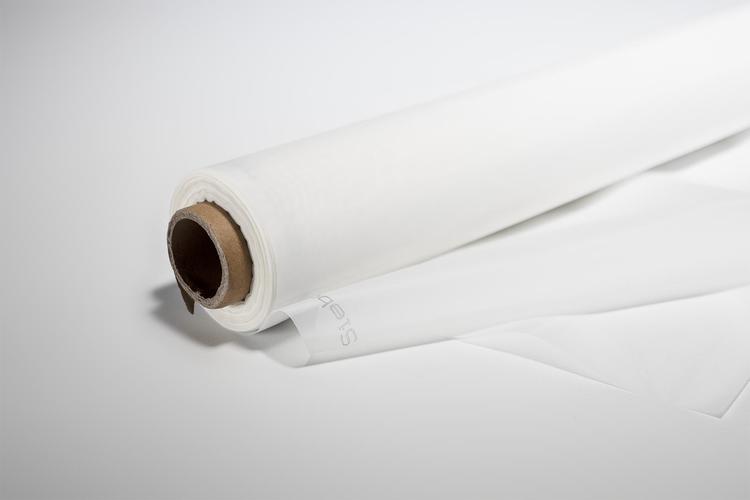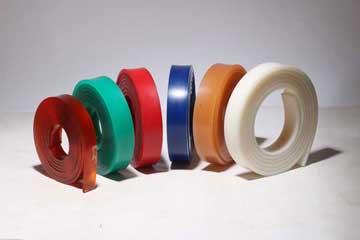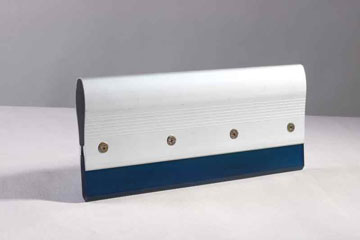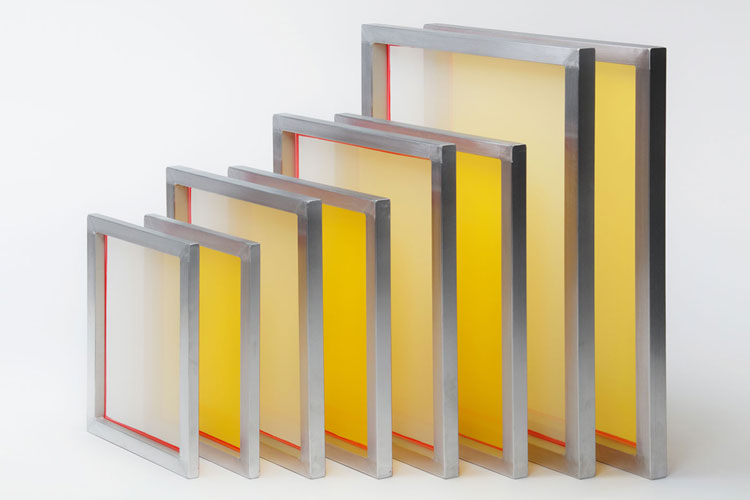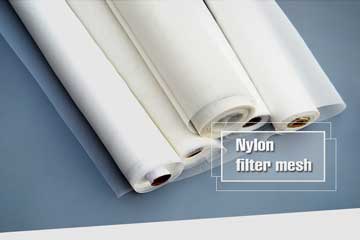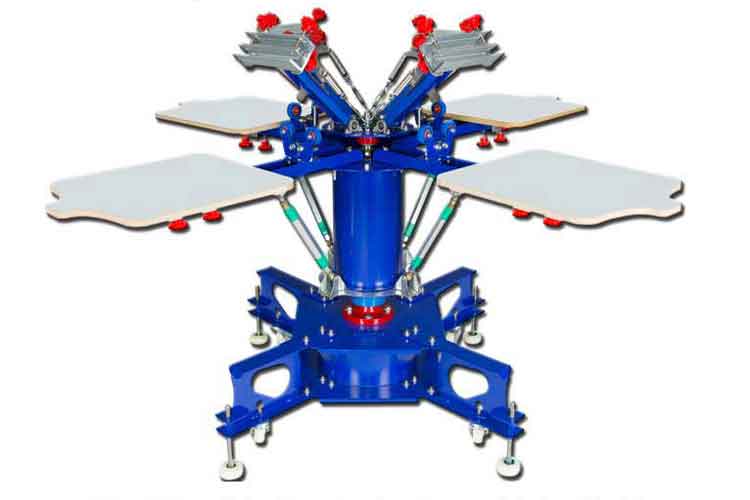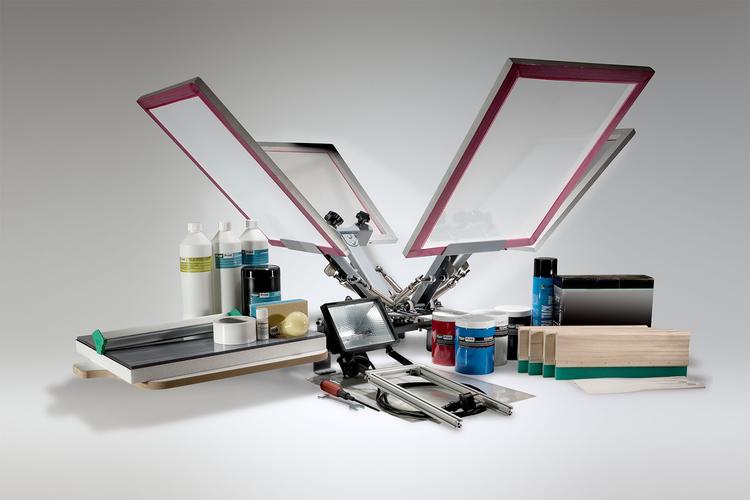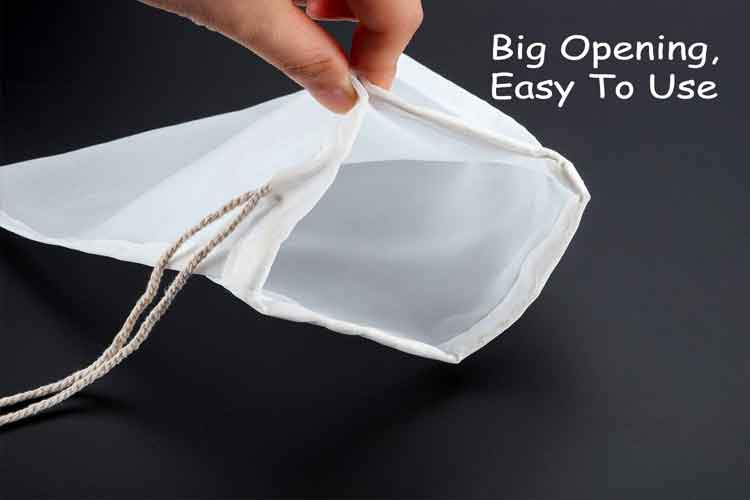Achieve Exceptional Prints with Speedball Screen Printing Squeegee
In screen printing, choosing the right squeegee is as important as selecting the correct ink and mesh. Among established options, the Speedball screen printing squeegee is renowned for its quality and versatility. Whether you operate a home studio, a smal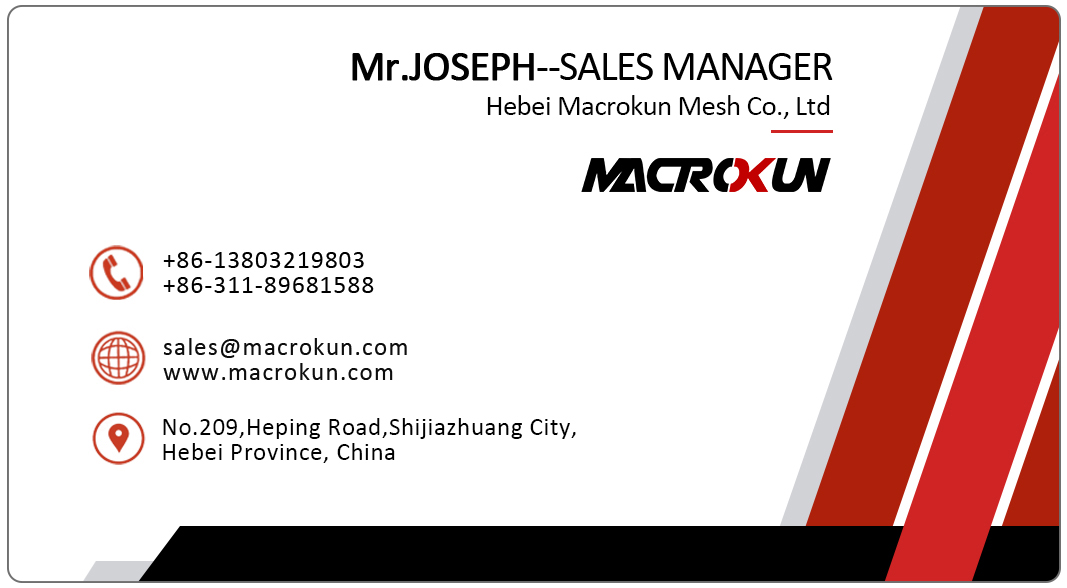
In screen printing, choosing the right squeegee is as important as selecting the correct ink and mesh. Among established options, the Speedball screen printing squeegee is renowned for its quality and versatility. Whether you operate a home studio, a small apparel shop, or a specialty print service, understanding how to use and care for a Speedball squeegee can elevate your print quality, consistency, and efficiency. This article follows a consistent format—market overview, product understanding, key features, selection guidance, maintenance advice, reasons to choose our offerings, illustrative use cases, and next steps—to help you leverage Speedball screen printing squeegees effectively.
.jpg)
Market Overview: Common Themes Around Screen Printing Squeegees
A review of discussions, product descriptions, and user feedback regarding screen printing squeegees highlights several recurring themes:
-
Brand Reputation and Reliability. Well-known squeegee brands often emphasize consistent manufacturing quality, durable materials, and proven performance across printing scenarios.
-
Material and Durometer Options. High-quality squeegees feature blades made of rubber or polyurethane with varied hardness levels (durometer ratings) to suit different inks, meshes, and substrates.
-
Handle Design and Ergonomics. Comfortable grips, balanced weight, and sturdy construction are frequently cited as critical for reducing operator fatigue during repetitive printing tasks.
-
Blade Profile and Precision. Guides cover edge shapes—square, bevel, or round—and how each influences ink deposit, edge sharpness, and suitability for fine-detail or bold designs.
-
Compatibility with Inks and Mesh Counts. Users seek squeegees that work well with water-based, plastisol, or specialty inks, and across mesh counts ranging from low (coarse) to high (fine) for varied printing needs.
-
Maintenance and Longevity. Advice often focuses on cleaning routines, storage practices, and occasional blade refreshing to extend squeegee life and preserve print consistency.
-
Manual vs. Machine Use. Discussions differentiate squeegees for hand-pulled prints from those optimized for semi-automatic or automatic presses, underlining the importance of construction quality to withstand different pressures and speeds.
These themes guide our exploration of the Speedball screen printing squeegee: its attributes, how to choose the right model, and how to maintain it for reliable, high-quality prints.
Understanding Speedball Screen Printing Squeegee
A Speedball screen printing squeegee refers to a squeegee tool produced or endorsed by the Speedball brand, recognized for art and printmaking supplies. At its core, a screen printing squeegee consists of:
-
Blade Material. The flexible edge—often rubber or polyurethane—that presses ink through the screen mesh onto a substrate.
-
Durometer (Hardness). Indicates blade firmness on the Shore A scale, affecting ink deposit and edge definition.
-
Handle or Holder. The component attached to the blade, providing grip and leverage for controlled strokes.
-
Blade Profile. The cross-sectional shape of the blade edge—square, bevel (angled), or round—affecting ink flow and print detail.
Speedball squeegees are designed to balance these elements, offering reliable performance for hobbyists and professionals alike. Understanding the interplay of blade material, hardness, profile, and handle design clarifies why selecting the right Speedball squeegee model matters for the prints you aim to achieve.
Key Features of Speedball Screen Printing Squeegee
When evaluating a Speedball screen printing squeegee, consider these essential features:
1. Blade Material and Quality
-
Durable Rubber or Polyurethane Blades. Speedball squeegees typically use resilient compounds that resist abrasion and ink solvents. This ensures the blade maintains shape and performance through many print runs.
-
Consistent Composition. A uniform blend in each blade allows predictable ink laydown and minimizes unexpected flex or deformation during the stroke.
2. Durometer Choices
-
Soft Blades (Lower Durometer). Suitable for thick inks or textured substrates, these blades flex more, depositing larger ink volumes. Ideal for bold graphics on fabric or uneven surfaces.
-
Medium Blades (Mid-Range Durometer). Versatile for general garment printing or moderate-detail designs, balancing ink flow and edge clarity.
-
Firm Blades (Higher Durometer). Best for fine lines, detailed artwork, or thin inks where crisp edges matter. They flex less, allowing precise ink control on smooth substrates.
-
Multi-Hardness Options. Some Speedball lines may offer layered or specialized blades combining different hardness zones, catering to specific printing scenarios or automatic presses.
3. Handle Design and Ergonomics
-
Comfort Grip Handles. Speedball often features handles contoured for a secure, comfortable hold, reducing operator fatigue during repetitive strokes.
-
Balanced Weight. A well-proportioned handle distributes pressure evenly, enabling consistent contact between blade and mesh across the print area.
-
Durable Construction. Quality materials resist ink stains and moisture; robust handle-blade attachment prevents loosening or wobbling under pressure.
4. Blade Profile and Print Precision
-
Square Edge. Provides uniform ink coverage, often used for bold, solid areas.
-
Beveled/Angled Edge. Offers sharper release of ink, improving edge definition for medium-detail or smaller designs.
-
Rounded Edge. Facilitates smoother ink laydown on slightly textured or delicate substrates, reducing drag and mesh snagging.
-
Precision Manufacturing. Speedball blades are cut and finished to maintain consistent thickness and clean edges, supporting reliable prints.
5. Compatibility with Inks and Mesh Counts
-
Ink Resistance. Blade materials resist degradation from water-based, plastisol, and common specialty inks, ensuring stable performance.
-
Mesh Versatility. With appropriate durometer selection, Speedball squeegees work across a range of mesh counts—from coarser meshes for thick inks to finer meshes for detailed work.
6. Maintenance and Longevity
-
Easy Cleaning. Smooth blade surfaces facilitate prompt ink removal, reducing residue buildup.
-
Regrind or Replacement. Speedball blades designed for occasional edge refreshing (if applicable) or straightforward replacement help sustain print consistency over time.
-
Sturdy Attachments. Secure blade-handle fittings resist wear, preventing unwanted movement and maintaining consistent angles during printing.
Collectively, these features make Speedball screen printing squeegees a dependable tool for diverse printing projects, supporting both beginners and experienced printmakers.
Choosing the Right Speedball Screen Printing Squeegee for Your Needs
To select an optimal Speedball screen printing squeegee, match its characteristics to your printing requirements:
A. Define Your Print Projects
-
Garment Printing with Bold Graphics. For cotton or blend fabrics using thicker inks, consider a softer blade to ensure vibrant ink laydown, paired with a comfortable handle for repeated manual pulls.
-
Detailed Artwork or Fine Text. When printing small logos or intricate designs on smooth substrates, choose a firmer blade and a suitable profile (e.g., beveled edge) to achieve crisp edges.
-
Specialty Substrates or Inks. If working with specialty inks (e.g., metallics, discharge) or uncommon materials (e.g., laminated surfaces), confirm blade material compatibility and opt for a hardness that balances ink transfer with surface adaptation.
B. Blade Hardness and Profile Selection
-
Soft Durometer. Suitable for heavy ink deposit and uneven textile surfaces. Use square or slightly rounded edge for bold coverage.
-
Medium Durometer. A versatile choice for mixed-detail prints on fabric or paper. A beveled edge often improves print clarity.
-
Hard Durometer. For fine detail, thin inks, or printing on rigid media. A precise bevel or square edge ensures sharp lines.
-
Evaluate Specific Speedball Series. Review Speedball’s available squeegee lines to identify which hardness levels and profiles they offer, selecting the one aligned with your ink viscosity and design detail.
C. Handle Size and Ergonomics
-
Manual Hand-Pulled Prints. Select a handle size that fits comfortably in your hand for controlled strokes. Ergonomic grips help maintain steady angle and pressure.
-
Tabletop or Press Use. Ensure the handle’s length and attachment method integrate well with your screen frame or printing fixture, allowing consistent motion and angle control.
D. Production Volume Considerations
-
Low to Moderate Volume. Standard Speedball squeegees with regular maintenance may suffice. Keep spare blades on hand for quick swaps.
-
High-Volume Runs. Invest in durable blades, consider options for occasional regrinding or rapid replacement, and ensure handles and fittings withstand continuous use without loosening.
E. Budget and Value
-
Cost vs. Longevity. While initial cost is a factor, choosing a higher-quality Speedball squeegee that lasts longer and delivers consistent prints often yields better long-term value.
-
Spare Parts and Replacement Blades. Factor in availability of replacement blades or parts to minimize downtime when a blade edge wears.
By evaluating project type, ink and substrate characteristics, handle ergonomics, production volume, and budget, you can pinpoint the right Speedball screen printing squeegee model for reliable, high-quality results.
Maintenance and Care
Proper maintenance of your Speedball screen printing squeegee ensures consistent performance and extends its service life:
1. Prompt Cleaning After Each Print Run
-
Remove Ink Residue Immediately. Wipe or rinse the blade with appropriate cleaners depending on ink type. Prevent cured ink buildup that can alter blade profile.
-
Protect Handle Finish. When cleaning blades, avoid saturating the handle; use a damp cloth on wooden or coated handles to remove spills without soaking.
2. Inspect Blade Edge Regularly
-
Check for Nicks or Wear. Even small imperfections affect print consistency. Examine blade edges under good lighting.
-
Edge Rotation (if Applicable). If the squeegee design permits, rotate or flip the blade to distribute wear evenly across edges.
3. Regrinding or Replacement
-
Regrind When Possible. For blades designed to be re-ground, use proper equipment to refresh the edge angle. Ensure safe, controlled procedures to maintain consistent profile.
-
Replace When Needed. When wear exceeds repair limits or blade material degrades, replace promptly to avoid print defects.
4. Secure Blade-Handle Attachment
-
Tighten Clamps or Fasteners. Ensure the blade remains firmly seated. Loose fittings can change angle or pressure during printing.
-
Check for Handle Wear. Inspect handles for cracks, splits, or worn finishes. Address minor damage with light sanding and resealing; replace if structural integrity is compromised.
5. Proper Storage
-
Store Squeegees Flat or Hung Carefully. Prevent blade warping or handle deformation by avoiding pressure on edges. Keep in a cool, dry place away from direct sunlight.
-
Separate from Sharp Objects. Avoid contact with tools or surfaces that may nick the blade edge.
6. Environmental Considerations
-
Monitor Ink and Mesh Changes. When ink viscosity or mesh tension shifts (e.g., due to temperature or humidity), revisit blade hardness or angle but continue maintenance practices to keep squeegee in optimal condition.
-
Use Compatible Cleaning Agents. Confirm that cleaning chemicals do not degrade blade material or handle finish.
Adhering to these maintenance guidelines ensures your Speedball screen printing squeegee continues delivering even ink transfer, sharp edges, and reliable performance through many print cycles.
Why Choose Our Speedball Screen Printing Squeegee Offerings
While Speedball squeegees are established tools, our specialized approach ensures you get the most from them:
Expert Selection Guidance
We help you identify which Speedball squeegee model, blade hardness, and profile best match your inks, mesh counts, and substrate types, reducing trial-and-error and setup time.
Premium Replacement Blades
We source authentic or equivalent high-quality blades compatible with Speedball handles, ensuring blade material and durometer meet exacting standards for consistent prints.
Ergonomic Handle Enhancements
Beyond standard handles, we offer ergonomic grip options or handle modifications to further reduce operator fatigue, especially beneficial in extended or precise print jobs.
Maintenance Support
We provide clear, practical advice on cleaning routines, blade edge refreshing, and safe storage—helping you extend blade life and maintain stable print quality over time.
Value-Packed Packages
For businesses or studios, we offer bundled sets of Speedball squeegees, spare blades, and maintenance accessories, balancing cost-effectiveness with readiness for varied print projects.
Responsive Expertise
Our team offers personalized responses to your questions about squeegee selection, blade care, and print technique adjustments, ensuring you feel confident in achieving optimal results.
By combining proven Speedball squeegee tools with tailored guidance, high-quality blades, ergonomic enhancements, and maintenance support, we help you maximize print quality, reduce waste, and streamline production.
Illustrative Use Cases
Use Case 1: Custom Apparel Studio
A small apparel studio utilizes Speedball screen printing squeegees for limited-run T-shirt prints. Initially using a single blade hardness led to inconsistent ink coverage on thicker fabrics. With expert guidance, they selected softer blades for heavy ink jobs and firmer blades for finer details. Prompt cleaning and timely blade replacement reduced print defects, leading to higher customer satisfaction.
Use Case 2: Educational Workshop Setting
In an art education setting, instructors use Speedball squeegees to teach beginners basic screen printing techniques. The ergonomic handles and durable blades help students achieve predictable results while learning about blade angle and pressure. Maintenance advice ensures the school’s squeegees remain in good condition through repeated class sessions.
Use Case 3: Promotional Item Production
A print service producing promotional posters and decals needed crisp edges for fine text and logos. By choosing firm durometer blades with bevel edges and calibrating print strokes, they improved clarity on paper stock. Regular inspection and replacement of blades ensured consistent print runs and reduced wasted material.
Use Case 4: Specialty Textile Prints
A boutique printing operation working with textured or specialty fabrics (e.g., reclaimed or washed cotton) benefited from selecting a softer Speedball blade for bold color fills. Ergonomic handle enhancements reduced operator strain during multiple pulls, and maintenance routines kept blades in top shape despite frequent ink changes.
These examples demonstrate how leveraging Speedball screen printing squeegees—paired with the right blade hardness, profile, and maintenance practices—yields tangible improvements in print quality, consistency, and operational efficiency.
Summary and Next Steps
The Speedball screen printing squeegee is a foundational tool for achieving consistent, high-quality prints across diverse applications. Understanding blade material, durometer selection, handle ergonomics, and print technique considerations empowers you to select and use Speedball squeegees effectively. Proper maintenance—cleaning, blade inspection, edge refreshing or replacement, and secure handle fittings—ensures reliable performance over many print runs.
Reflect on your printing projects: assess ink types, mesh counts, substrate textures, and production volumes. Determine whether your current Speedball squeegee setup meets these requirements or if adjusting blade hardness, upgrading handles, or adopting maintenance best practices could enhance results. Document ideal blade and angle settings for recurring jobs to streamline setups and reduce variability.
Take the next step by evaluating your squeegee inventory, selecting the appropriate Speedball squeegee models and blades for upcoming print runs, and implementing a maintenance schedule that preserves blade integrity. With these actions, you’ll enjoy sharper prints, fewer defects, and a smoother printing experience—unlocking the full potential of screen printing with Speedball squeegees.
Tags: 0.1 micron filter bag 0.5 micron filter bag 1 micron filter bag 50 micron filter bag 25 micron filter bag 10 micron filter bag 1000 micron filter bag 5 micron filter bag micron filter bag micron filter bags 25 micron filter bags 100 micron filter bag 180 micron filter bag 250 micron filter bag 200 micron filter bag 200 micron filter bags 100 micron filter bags 1 micron filter bags micron filter bags near me 05 micron filter bag 30 micron filter bag 150 micron filter bag 10 micron filter bags 200 micron filter bag wholesale 0.1 micron filter bag wholesale 500 micron filter bag 400 micron filter bag 50 micron filter bag wholesale 400 micron filter bag wholesale 20 micron filter bag 0.1 micron filter bag factory in china 500 micron filter bag factory in china 20 micron filter bag wholesale 5 micron filter bag wholesale 250 micron filter bag factory in china 150 micron filter bag wholesale in china micron filter bag wholesale in china 190 micron filter bag 400 micron filter bag factory in china
Pre:Mastering Screen Printing Squeegee Angle for Optimal Print Quality
Next:Achieve Crisp, Vibrant T-Shirt Prints with the Right Squeegee
Tags:
